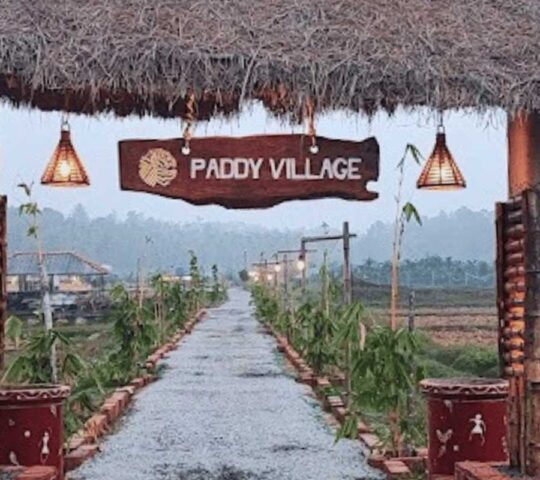Hightlight
-
 Car parking
Car parking
-
 Non smoking
Non smoking
Nestled in Pulpally, Wayanad, the Seetha Devi Temple or Sree Seetha Devi Lava Kusa Temple stands as a haven of spiritual tranquility. Dedicated to deities Lava and Kusha, the sons of Sree Rama and Seetha Devi, the temple’s lush surroundings contribute to its serene ambiance, creating a space for devotees to seek solace throughout the day.
The History of Seetha Devi Temple
The temple’s history unfolds across the centuries, starting with its construction in the 18th century by Sri Pazhassiraja. Under his careful stewardship, the temple became a spiritual landmark. Later, the Kuppathode family assumed its management, marking a transition that continued to shape the temple’s legacy. Renovations from 1985 to 1995 added a modern touch, and today, the temple is affiliated with the Malabar Devaswom Board.
The performance of Tantric rites by Chathanattu Illam and Kozhikkottiri Mana enhances the spiritual significance. An intriguing aspect is the absence of leeches in the temple’s surroundings, attributed to a curse by Goddess Sitha. Termite mounds, locally known as “Valmeekam,” contribute to the temple’s mystical aura.
Cultural Extravaganza at Sree Seetha Devi Temple
The first week of January brings a burst of cultural vibrancy with a significant regional celebration. Drawing people of various castes and creeds, this annual festival transforms the temple into a joyous hub of festivities. The celebration adds a festive spirit to the serene ambiance, making it an essential event for devotees and locals alike.
The Sree Seetha Temple is a harmonious blend of spirituality, history, and natural beauty. As devotees and visitors immerse themselves in the divine aura, the temple continues to stand as a symbol of unwavering faith and cultural celebration in the heart of Wayanad.





